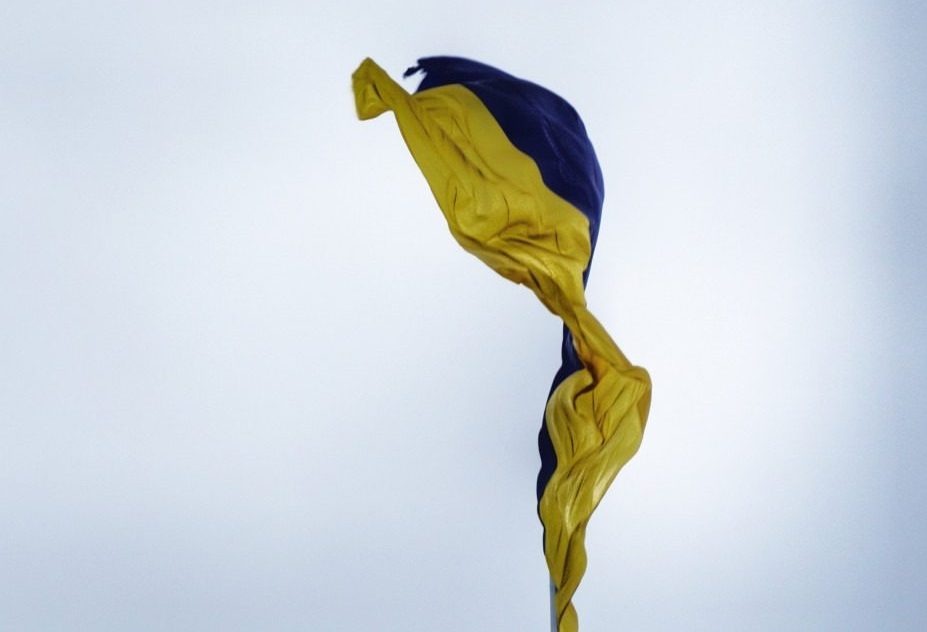UNESCO trains professionals to tackle Ukrainian art trafficking
UNESCO is working with over 35 law enforcement and cultural heritage professionals from a selection of European nations in order to tackle the illicit trafficking of Ukrainian artefacts. In a workshop led in partnership with the National Institute of Cultural Heritage of Poland, which took place from 18-20 January in Warsaw, saw officials from Poland, Hungary, Slovakia, Romania, Moldova, and Ukraine learn how to identify and prevent artistic and cultural treasures looted in Ukraine from crossing their borders.
To date, at least 230 cultural sites across Ukraine have been damaged or destroyed, and more than 15,000 pieces of Ukrainian fine art and artefacts have been stolen. The four regions of Ukraine annexed by Russia – Luhansk, Donetsk, Kherson, and Zaporizhzhia – have suffered some of the worst losses. Nearly the entire collection of the Kherson Regional Art Museum was cleaned out by Russian forces, which the museum confirmed in a statement: “In their opinion, this is called ‘evacuation’. In our opinion, [it is] looting under the slogans of ‘preserving cultural values’”. In Melitopol, one of the first cities occupied in the invasion, a trove of Scythian gold dating back to the fourth century B.C. was stolen from a local museum.
UNESCO is also aiding efforts to collect evidence.
Given how easily looted artwork can disappear into the black market, UNESCO is also aiding efforts to collect evidence and compile lists of missing objects from Ukraine’s museums, religious buildings, and archaeological sites. It is also supporting training to help buyers recognise such objects as stolen, and the body emphasised that it remained committed to preserving Ukraine’s cultural heritage.
There have been reports of the systematic theft of Ukrainian museums by Russian forces, something that Ukrainian politicians have described as an attack on their national identity. As a result, Ukraine has accused Russia of violating the 1954 Hague Convention for the Protection of Cultural Property in the Event of Armed Conflict, which was established after World War II and prohibits signatories from “any form of theft” of cultural property. Russia and Ukraine both signed the treaty, one linked to the theft and destruction of Poland’s cultural heritage during the war by occupying powers – as a result, Poland has been a strong partner in the protection of such artefacts in conflict situations.
Art historians and cultural conservationists in the country are undertaking important archival work.
UNESCO is not the only body working to protect Ukraine’s cultural heritage. Art historians and cultural conservationists in the country are undertaking important archival work in case such artefacts are damaged by Russian attacks. The Lviv-based architect and blogger Julian Chaplinskyy launched a fundraiser to create 3D scans of the city’s monuments in minute detail – the idea is that such high-fidelity models can aid in their restoration should they be damaged.
Chaplinskyy said: “We saw rockets coming to Kyiv and other cities – to Kharkiv, to the city centre. I see heritage objects one by one being lost. Then the Skovoroda museum burned down. That is [when] I realised that this [war] could have fatal consequences.” He teamed up with a local firm with experience in 3D scanning and began the process of documenting the monuments. This project sees specialists place 3D scanners in different locations at each site, recording hundreds of photos, and then converting them into detailed models.

Comments